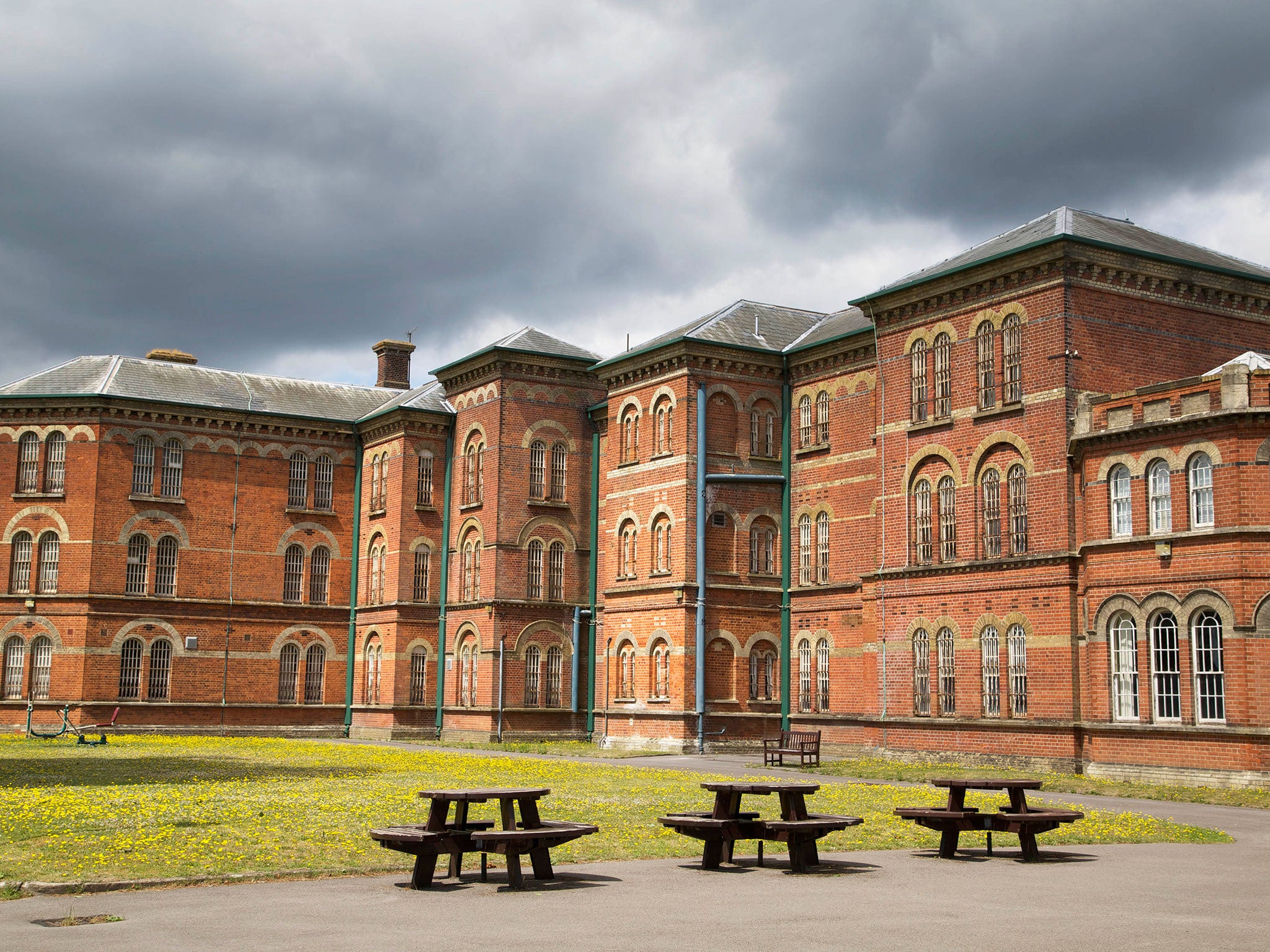Broadmoor, TV review: A problematic insight into the notorious psychiatric hospital
It has taken five years for the high-security institution to allow cameras in

Broadmoor in the public imagination is a place of Hallowe'en-worthy horror. Some of the country's most notorious criminals are housed at the high-security psychiatric hospital, including Yorkshire Ripper Peter Sutcliffe, found guilty of murdering 13 women, and serial killer Kenneth Erskine, the Stockwell Strangler. But as we saw in Broadmoor (ITV) a grimly informative, but not hugely revealing, documentary, in reality it's a more diverse, prosaic institution.
It took a five-year battle to allow cameras in to film inmates for the first time. As such, the two-part series had already made headlines with the more extreme details – six staff guarding the most violent patients; an average of five physical assaults a week – taking the edge off the promised "secrets revealed".
Problematic too was the necessary protection of patients' identities. Faces were blurred and details of crimes held back. What was fresh was the patients' openness: we met "Frank", a violent offender who described how a task chopping a fruit salad left him fighting the urge to attack. He resisted. "What an achievement. A year ago, most likely I would have done it," he told the camera.
There was "Daniel", an articulate 24-year-old who sat on his bed in an "assertive rehabilitation" ward, surrounded by science books and walls plastered with skilled charcoal portraits. He could have been mistaken for a university student. "I've been grateful to come here," he said. We were told 10 years ago he was convicted of a violent crime against his own family.
Inside Broadmoor Hospital
Show all 7When the patients became unreliable story-tellers, we had psychiatrists and other staff. Yes, there was bleak detail – like the showing of a cupboard of self-styled weapons including sharpened plastic spoons – but the focus was on patients' progress and rehabilitation.
Cameras were ushered out twice. Once when a violent inmate resisting return to his room was escorted by nine staff who raced from the space like zoo-keepers fleeing a wild cat. That wasn't uncommon, we were told, as blood was mopped up.
This seemed to be the version of Broadmoor that Broadmoor wanted us to see. Perhaps to expect anything else is, like the common portrayal of the institution, unrealistic.
Subscribe to Independent Premium to bookmark this article
Want to bookmark your favourite articles and stories to read or reference later? Start your Independent Premium subscription today.

Join our commenting forum
Join thought-provoking conversations, follow other Independent readers and see their replies